If you’re just starting out in photography, chances are you’re relying heavily on your camera’s built-in flash. It’s convenient, always there, and doesn’t require extra gear. But let’s be real – it has its limitations.
Built-in flashes tend to create harsh shadows and that ‘deer-in-the-headlights’ look. Not the best for flattering shots. They’re okay for casual snapshots, but when you want to step up your game, it’s time to look at other options.
There are certain scenarios where your built-in flash works just fine. In low-light situations where you need a quick boost, or when capturing moments where setting up more complex lighting isn’t possible, it can be a lifesaver. Just keep those expectations reasonable.
Now, if you’re thinking about serious portrait shots or creative compositions, getting an external flash or some basic lighting gear will make a world of difference. Trust me, the leap from built-in to external lighting feels like night and day – literally.
Understanding when and why to invest in external lighting is key. An external flash offers more flexibility, control, and power, so you can manipulate light according to your artistic vision. Plus, they’re not as daunting to use as you might think!
So, while your built-in flash is a handy back-up, exploring the world of external lighting gear is where you’ll find the real magic in photography. It’s like having a whole new paintbrush at your disposal – one that can transform an average photo into something truly stunning.
External Flashes: Elevating Your Photography
External flashes, or Speedlights as they’re often called, can seriously elevate your photography game. They attach to your camera or work remotely to provide that extra pop of light you can’t get from a built-in flash. The key advantage here is control. Unlike the fixed position of a built-in flash, an external model lets you direct light exactly where you need it.
There are different types of external flashes to consider, like Speedlights and ring flashes. Speedlights are super versatile and can be angled, bounced, or swiveled to create softer, more flattering light. Ring flashes, on the other hand, are gold for macro photography – they encircle the lens, providing even, shadow-free light perfect for close-ups.
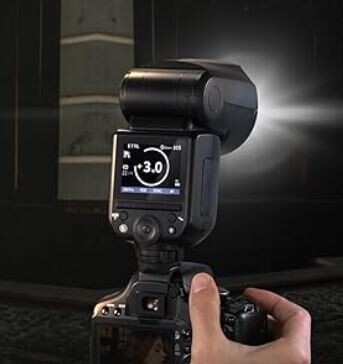
Using external flashes effectively is all about mastering angles and diffusing light. For softer light, try bouncing it off a ceiling or wall rather than aiming it directly at your subject. This helps avoid harsh shadows and creates a more natural look. External flashes also come with adjustable power settings, so you can tweak the intensity based on your environment. Practice makes perfect here – don’t be afraid to experiment!
Choosing the right flash depends on your needs. For the budding portrait photographer, a Speedlight with a swivel head is a solid start. If you’re into detailed close-ups, a ring flash is worth exploring. Brands like Nikon, Canon, and Godox have reliable options across various budgets. Remember, the priciest gear isn’t always the best for everyone, so find what suits your style and projects.
External flashes are a game-changer, offering flexibility and creative potential that built-in flashes just can’t compete with. They open up so many possibilities, from mastering night photography to getting that perfect indoor shot. As you expand your gear, you’ll see just how much these external flashes can transform your photos. It’s all about making light work for you, not the other way around.
Continuous Lighting: Perfecting Studio and Indoor Shots
Continuous lighting is a favorite among studio photographers, and there’s a good reason for it. Unlike flashes that burst light for a split second, continuous lighting stays on, letting you see how light affects your scene in real-time. This real-time feedback is invaluable for setting up shots and making adjustments on the fly.
Types of continuous lighting range from LED lights to softboxes and ring lights. LED lights are popular because they’re energy-efficient, provide a wide range of color temperatures, and often come in portable sizes. Softboxes diffuse light to create a soft, even glow that’s flattering for portraits and product photos. Ring lights, those circular beauties, are fantastic for close-ups and beauty shots, giving a distinctive catchlight in the eyes.
Continuous lighting has its perks, but it’s not without downsides. The biggest advantage is consistent illumination, making it easier to achieve the perfect exposure and reduce shadows. However, since they remain on, these lights can get hot and may require careful handling. Moreover, they can be less powerful compared to flashes, so you might need more of them to light a large area.
Setting up continuous lighting depends on your scene and subject. For portrait photography, placing softboxes at a 45-degree angle from your subject can create beautiful, flattering light with a bit of shadow for depth. When shooting products, you might prefer even lighting from all sides, using multiple lights and reflectors to eliminate shadows. Ring lights should be positioned directly in front of the subject, typically around the lens for that even, shadow-less effect.
Remember to play around with the distance and angles to see how the light changes the mood and impact of your photos. Experimenting with gels to add color or diffusion filters to soften the light can also yield exciting results. Continuous lighting offers a world of creative opportunities, especially once you get a handle on its unique characteristics.
Advanced Lighting Accessories: Shaping and Modifying Light
Light modifiers are essential tools for any serious photographer. They let you control and shape the light to achieve the exact look you’re going for. Softboxes, reflectors, and diffusers can make a huge difference in your photos, helping you get that professional-quality lighting.
Softboxes are a must-have for creating soft, even lighting. They diffuse the light from your flash or continuous lighting source, reducing harsh shadows and creating a more flattering light on your subject. Whether you’re doing portrait, product, or even food photography, softboxes are versatile and can be used in a variety of setups.
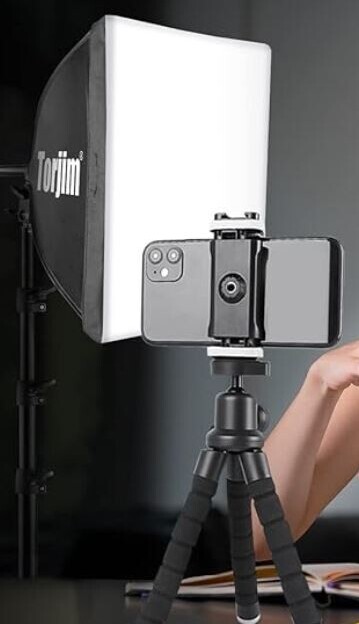
Reflectors are another handy tool. They bounce light back onto your subject, filling in shadows and adding dimension. They come in various colors – white for neutral light, silver for a bright and crisp bounce, and gold for a warm glow. Reflectors are lightweight and portable, making them perfect for both studio and outdoor shoots.
Diffusers are great for softening harsh light. Placing a diffuser between your light source and subject can drastically reduce the intensity and create a softer, more pleasing light. They’re especially useful when you’re working with direct sunlight or powerful studio lights.
Choosing the right stands and mounts is crucial for setting up your lighting gear securely. Look for sturdy, adjustable stands that can support your equipment and allow you to position your lights and modifiers precisely. Mounts should be flexible yet strong, capable of holding lights and modifiers without slipping or tilting.
Incorporating gels and grids into your setup can bring a new level of creativity to your photos. Gels are colored sheets that you place in front of your lights to change the color of the light. They’re perfect for creating mood and atmosphere. Grids focus the light into a tighter beam, adding dramatic shadows and control.
Using advanced lighting accessories effectively takes practice and a bit of experimentation. Don’t be afraid to try different setups and combinations to see what works best for your style and subject. The right tools can transform your lighting, taking your photography from good to absolutely stunning.
Lighting on the Go: Portable Solutions for Outdoor Photography
Outdoor photography presents unique challenges, especially when it comes to lighting. The natural light can be beautiful but unpredictable and often needs a bit of assistance to get everything just right. This is where portable lighting gear really shines.
Battery-powered flashes are a go-to for many photographers who shoot outside. They offer the flexibility and power of an external flash without being tied down by cords and outlets. These are perfect for capturing dynamic action shots or portraits where you need that extra punch of light. Look for models with fast recycling times and adjustable power settings for maximum control.
LED panels are another great option for outdoor shoots. They’re compact, lightweight, and deliver continuous light, making it easier to balance with ambient light.
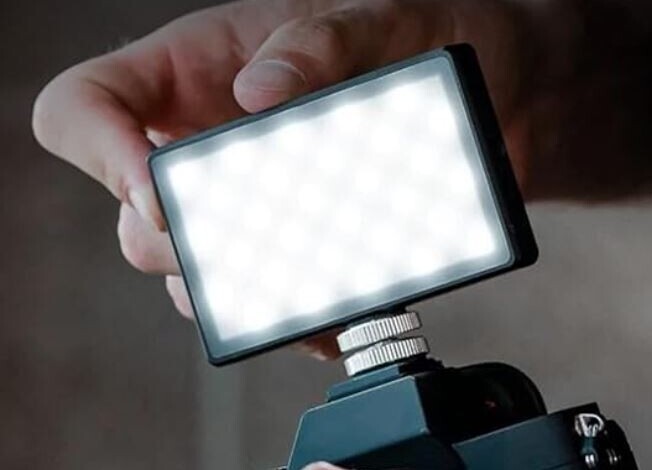
They also often come with built-in batteries, so you don’t have to worry about finding a power source. You can use LED panels for fill light, to counteract harsh shadows, or when shooting in low light conditions.
Natural light itself comes with its own set of tips and tricks. Early mornings and late afternoons, known as the golden hours, provide soft, warm light that’s ideal for photography. But sometimes, the sun doesn’t cooperate. Using portable reflectors can help you harness and redirect sunlight, filling in shadows and highlighting your subject beautifully. Just pop one open and adjust its angle until you get the desired effect.
Balancing artificial light with natural light can be tricky but rewarding. Start by assessing the natural light and then introduce your portable lighting as needed. For a softer look, bounce the light off a reflector or a nearby surface rather than direct aiming. Play with the distances and angles until everything looks harmonious.
Being prepared and versatile with your portable lighting solutions means you’ll never miss that perfect shot, no matter where you are. With the right gear and a bit of know-how, you can make the most of any lighting situation, from golden hour magic to midday sun.
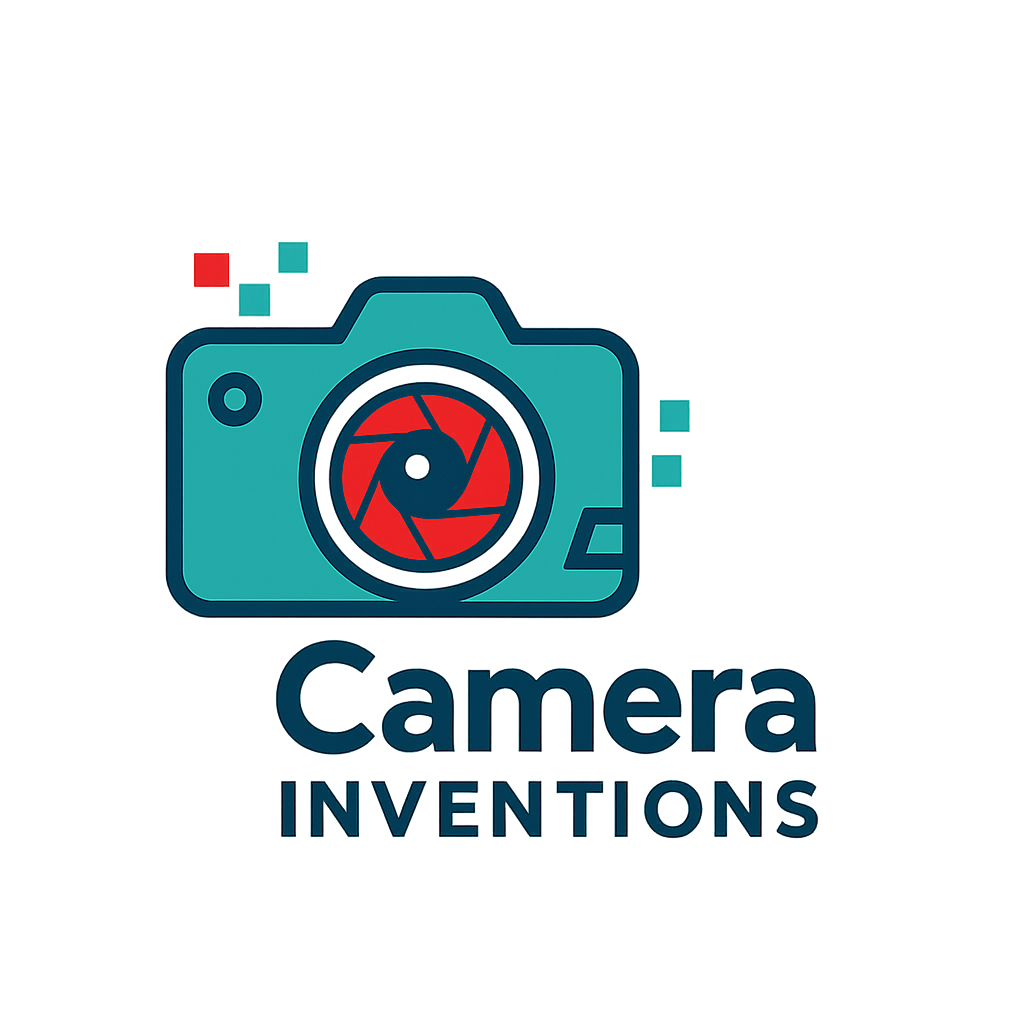
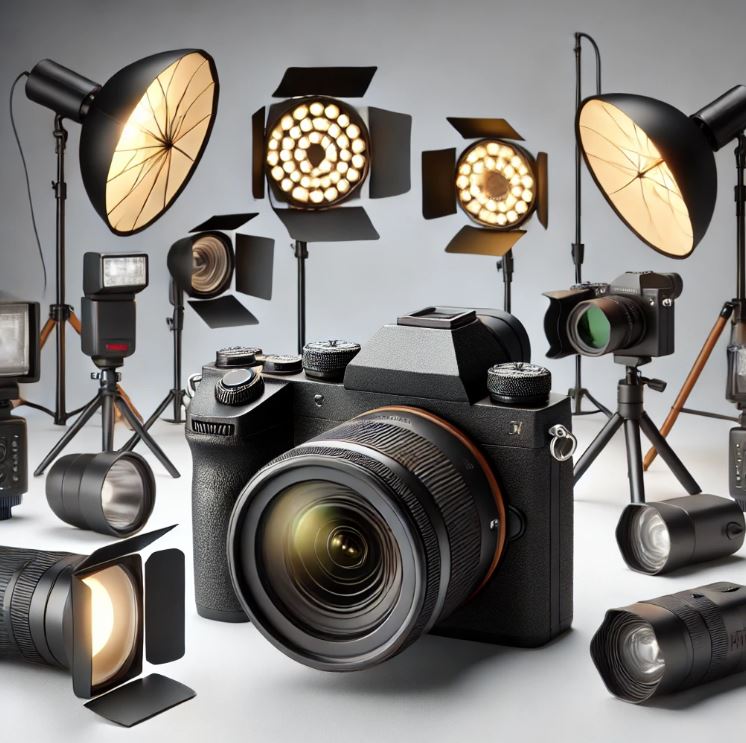
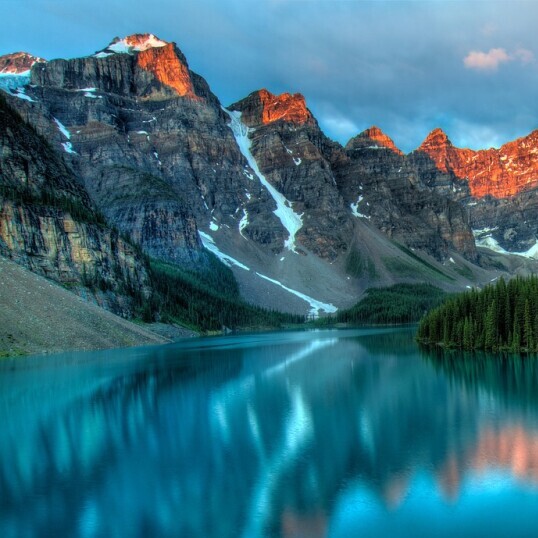
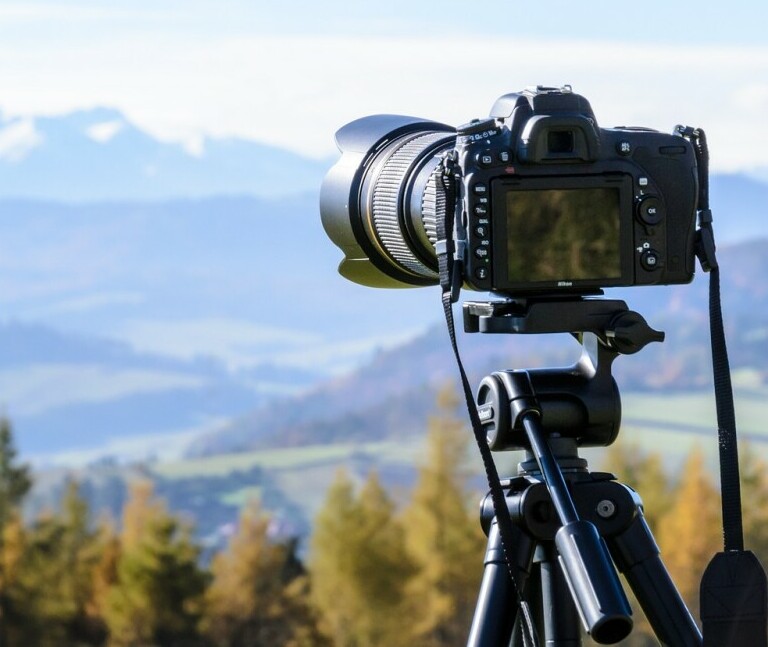
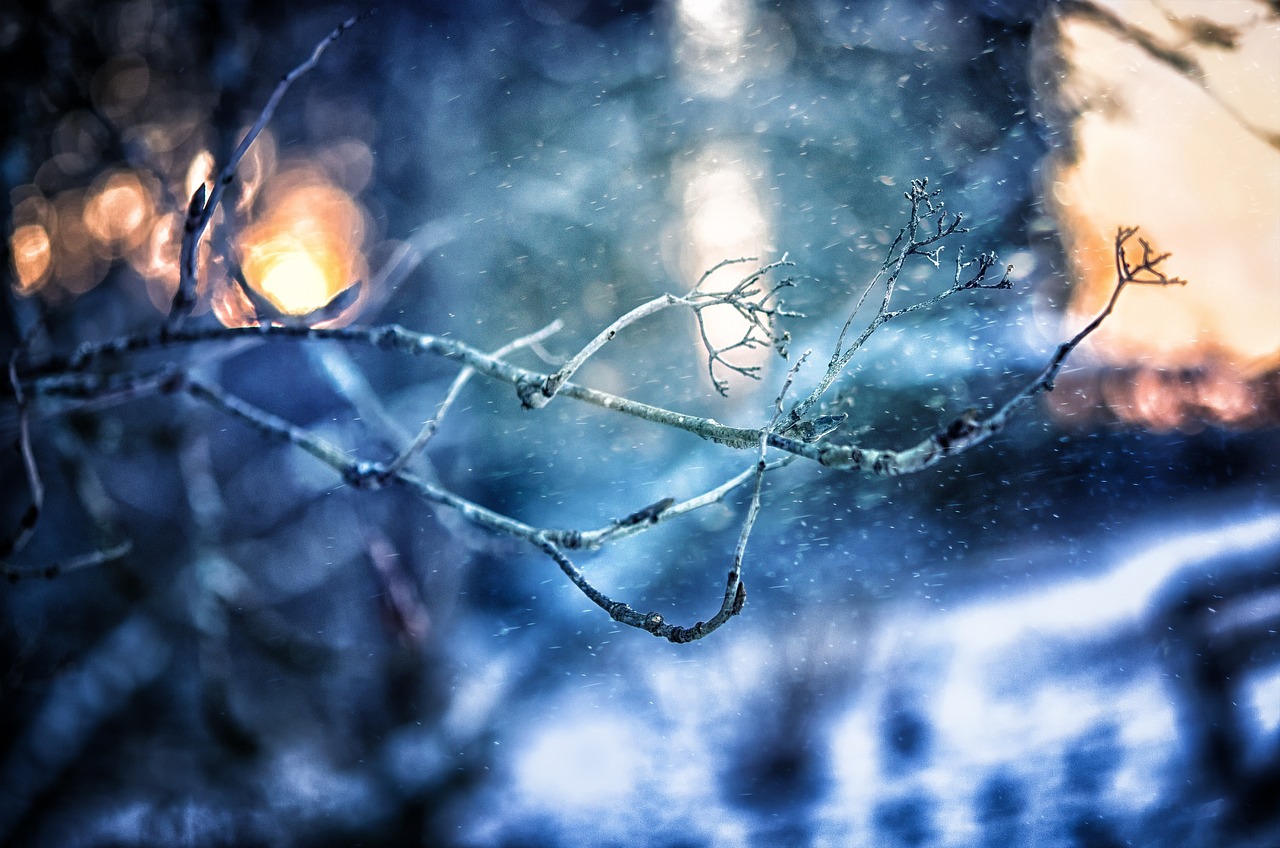
Great article! The breakdown of different lighting gear is super helpful, especially for someone transitioning from relying on the built-in flash to experimenting with external options. I agree that portable lighting solutions are a game-changer for outdoor photography – they give you much more control, even when natural light is unpredictable.
One question, though: Would you recommend starting with a Speedlight or a continuous lighting setup for someone just starting with lighting gear?
Thanks for the feedback! I’m glad the lighting breakdown was helpful! As for your question, I’d recommend starting with a Speedlight if you’re just getting into lighting gear. It’s super versatile, portable, and gives you a lot of control, especially for outdoor and on-the-go shoots. Once you get comfortable with that, you could explore continuous lighting if you’re working more in studio settings or want more constant control over your light. Both are great, but Speedlights are a solid starting point!